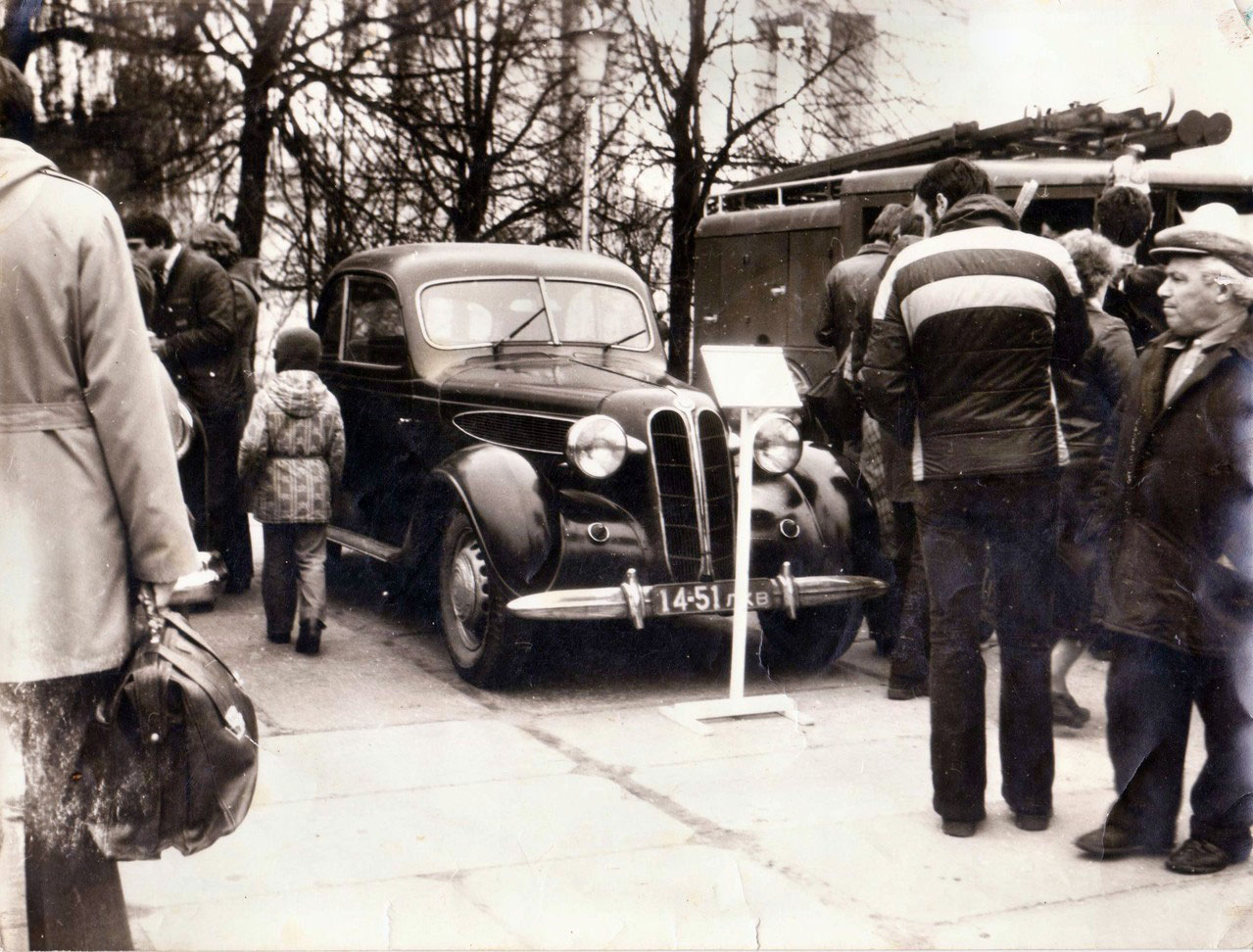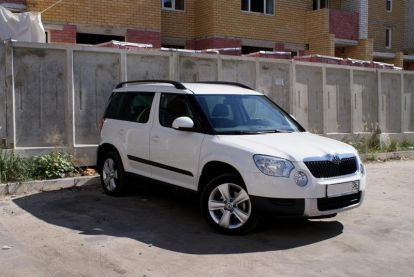
The scandalous history of the automotive industry - for inquisitive motorcycle lovers
If someone thinks he knows everything about the automotive industry, he will definitely change his mind after reading a book called The Scandalous History of Motorization. The premiere is already over, but for now we suggest you read an interesting fragment. At the same time, we encourage you to give your opinion – are you planning a purchase?
“Policemen from a specially created anti-terrorism unit were quick to point out that members of the group often used BMW cars and also used them in bank robberies. The terrorists weren't particularly fans of the Bavarian marque, but they needed cars that were new enough to have no technical problems, and fast enough that there were no problems escaping from the police. The sporty BMW was great for this and was very easy to steal. Breaking the Mercedes' defenses was no big deal either, but all Bavarians, even the smallest ones, were equipped with comparatively powerful petrol engines. With Mercedes, you had to be careful, as there was a high probability of finding a diesel option. Appreciated by customers for their reliability and low consumption of diesel fuel, diesels were not suitable for escaping from the police, because they needed more than half a minute to accelerate to one hundred kilometers per hour. There was also an issue with the image. The BMW brand was the best suited to the taste of young, often independent and educated people, and Mercedes was associated with the old nomenklatura, hated by the capitalists and the bourgeois class. The press coverage of successive attacks so often ended with the phrase: they escaped in a dark 2002 BMW that at some point it became almost obvious.
Until blood was shed, some BMW owners who had nothing to do with terrorism must have been flattered by the looks of neighbors they knew only at first glance or drivers standing in traffic. The situation changed dramatically when shots were fired. The German police were aware of the danger that threatened the officers, and the growing tension could easily lead to drama. For the seventeen-year-old slightly drunk driver of an old Ford Taunus, the refusal to stop for inspection ended tragically. On March 1, 1972, the police opened fire from a machine gun on a fleeing man, thereby stopping the car and killing the spirit of the delinquent young man, frightened by the vision that he was being brought to his parents in the company of a district police officer. duty. Frequent checkpoints and cascading control brought a lot of trouble and inconvenience to everyone, but most often the police caught BMW cars with relatively young people on board. When the car was parked by the roadside, the police approached it very carefully, with weapons at the ready, usually aimed at the driver's head.
This is what the traffic inspector from Cologne did. Noticing a 2000 BMW on Berlin license plates, he ordered the driver to pull over. The man in the car reached into the glove compartment for what looked like documents, and at that moment a shot rang out. The policeman immediately bounced off the car, and she began to squeal. Andreas Baader was driving and it was he who, instead of a driver's license, took out a pistol from a hiding place and pulled the trigger - fortunately, he did not have time to aim very accurately.
Of course, there were also situations when terrorists, returning from an action, used cars of a different brand and watched with rapture as law enforcement officers caught for inspection all the BMWs they encountered.
However, the capture of the leaders and the defeat of the group was only a matter of time. Every information about wanted persons was carefully checked, and the police, knowing who they were dealing with, stormed potential caches with the support of snipers, having previously provided the officers with automatic weapons and additionally sent armored vehicles. At the end of May, a garage filled with explosives was discovered. The police set up wiretaps and discreetly removed the dangerous find, leaving empty bags. The site was under constant surveillance, and utilities delivered hundreds of bags that looked like they were stuffed with peat and grass, but were actually full of sand, capable of slowing down the bullets fired at the policemen.
When a purple Porsche 1 with three passengers appeared in front of the garage on June 1972, 911, figures began to appear in the windows and on the roofs of buildings from behind parked cars. More than a hundred police officers were at the scene, the wanted men lost one person after a short firefight and hid in the garage. An attempt was made to inject tear gas through a hole drilled in the side wall and thus force the terrorists to surrender. Baader nevertheless went out, but with a rifle in his hand - a sniper's bullet immediately pierced his leg. The police really wanted to catch everyone alive, which they managed to do only after three hours. Two weeks later, Ulrike Meinhof went to prison.
Andreas Baader, Ulrike Meinhof, Gudrun Enslin, Holger Meins and Jan-Karl Raspe were transferred to the modern and heavily guarded Stammheim Prison in Stuttgart. The authorities decided not to risk it and put everyone in solitary confinement just in case. Two years after their arrest, prisoners still awaiting trial began to demand better treatment. Outside of contact, they communicated only through encrypted messages transmitted by lawyers, and thus organized subsequent, synchronized hunger strikes. Although the prison guards used force-feeding, Holger Meins died as a result of this form of protest on November 9, 1974, without waiting for trial. The man, over six feet tall, weighed less than forty kilograms at the time of his death. The funeral was attended by several thousand people, and demonstrations were organized in major German cities condemning "political killings" and "torture of prisoners."
A few months later, on April 24, 1975, the remaining members of the RAF formed a commando named after the deceased. The armed forces broke into the premises of the German embassy in Stockholm, took a dozen hostages and barricaded themselves on the top floor of the building, promising to release everyone as soon as the “comrades-in-arms” in the German prison were released. came out. Contrary to appearances, the chances of this were considerable. Kidnapped in February of the same year, the CDU politician and candidate for the mayor of West Berlin were exchanged for five terrorists. However, things got out of hand in Stockholm. Two hostages were killed for show, so that the Swedish police and the German authorities knew that the situation was really serious, they threatened that one person would be killed every hour. However, before the police prepared to attack, the building was rocked by a powerful explosion - one of the terrorists accidentally dropped an unblocked grenade, and the assembled explosives exploded. The unlucky bomber was killed on the spot, and his colleague, despite being seriously injured, was almost immediately transported to Germany, directly to a prison hospital, where he died a few days later.
